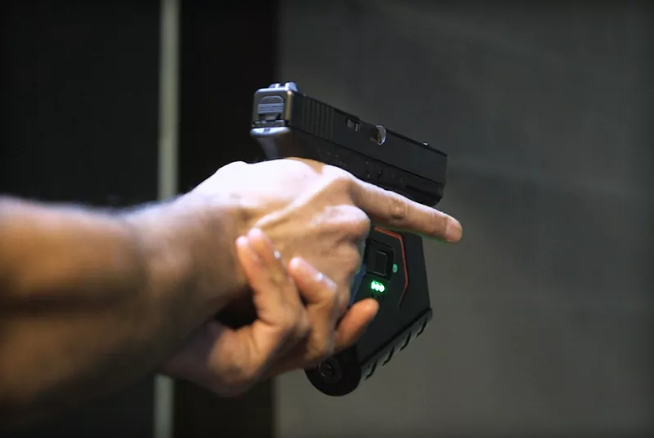
In the News
Why Doctors are Struggling to Treat the Gun Violence Epidemic
-
Focus Areas
Healthy Communities -
Issues
Violence Prevention -
Expertise
Coalition & Network Building
In the first 176 days of 2016, there have already been 196 mass shootings in America. Just two weeks ago, we witnessed the deadliest mass shooting in US history when a gunman killed 49 people in the Pulse nightclub in Orlando, Florida. Two days after the massacre, the American Medical Association released a statement calling gun violence in America a “public health crisis.”

Numerous factors, from the political muscle of the National Rifle Association to popular attachment to the Second Amendment, influence why so many people are reluctant to admit that 30,000 gun-deaths per year and twice as many injuries makes an epidemic. It is the leading cause of premature death in America, according to the APHA. By comparison, the Ebola epidemic that swept Guinea, Liberia, and Sierra Leone last year killed 11,310 people total.
But two factors in particular turn treating gun violence as a public health issue into an uphill battle for doctors.
The first is that for the past two decades the Centers for Disease Control and Prevention has been thwarted in its research on injury prevention and guns. In 1996, Congress eliminated the CDC’s funding for firearms injury prevention research with an amendment to its appropriations bill. The amendment also forbids the agency from using other funding “to advocate [for] or promote gun control.” The same language was added to the National Institutes of Health’s funding bill in 2011. While such language doesn’t make research around gun violence illegal, it makes it nearly impossible to fund. Which means it doesn’t happen.
“The impact of this ban is that for 20 years we’re way behind the curve,” says Dr. Georges Benjamin, executive director of the American Public Health Association. “And so we believe as a matter of process the language should come off [the appropriations bill.]” The APHA was one of 68 signatories in a letter sent to Congress urging them to fund gun violence research.
Benjamin notes that although no one knows precisely the cost of such research, it would surely be less than the direct and indirect costs of gun violence, which Mother Jones pegged at $229 billion a year. Benjamin estimates that a bullet that severs a person’s spine can cost $200,000–$500,000 in immediate health care, plus lifelong loss of income and quality of life.
“When you add all those costs up [to] society it gets enormous, and we all pay for that,” he says. “Think about the investigative costs that are going on right now in Orlando in the forensic medical examiner’s office. The citizens of Orlando are paying for those costs out of their taxes.”
Lack of funding to conduct research isn’t the only obstacle standing in doctors’ ways. Several states have passed or tried to pass legislation backed by the NRA that prohibits doctors from talking to their patients about techniques to make gun ownership safer, according to a whitepaper published by the National Physicians Alliance in 2013. While a doctor may seem like an unlikely source of gun safety advice, a 2003 study cited in the whitepaper found that 64 percent of people who were counseled by their doctors on safe gun storage improved their practices.
The NPA’s paper also lays out seven policy recommendations for treating gun violence as a public health issue. Removing doctor gag laws and funding firearms violence research are among the proposals, which include requiring background checks for private and online sales, restricting assault weapons and large-capacity magazines, and equipping guns with safety devices, like “magazine disconnect mechanisms,” which prevent them from firing when the magazine is not attached, even if there’s a bullet in the chamber.
“Just as the medical community has historically championed substantive injury prevention policies in other areas, it is time again for health care providers to demand concrete actions to reduce gun violence,” the paper concludes.
With many prominent professional medical organizations recognizing gun violence as an epidemic and a public health issue, including the American College of Physicians and the Public Health Institute, practitioners are hopeful that change is on the horizon.
Originally published by The Verge
More Updates
Work With Us
You change the world. We do the rest. Explore fiscal sponsorship at PHI.
Support Us
Together, we can accelerate our response to public health’s most critical issues.
Find Employment
Begin your career at the Public Health Institute.



